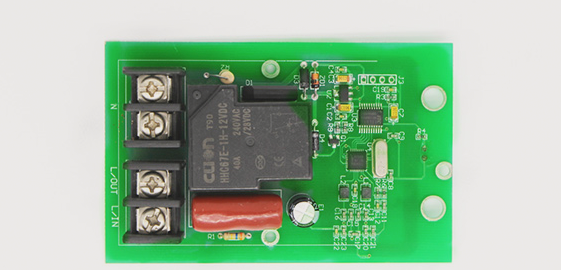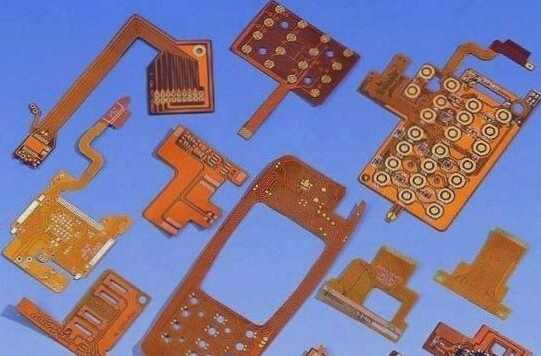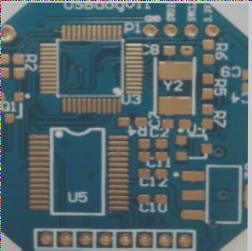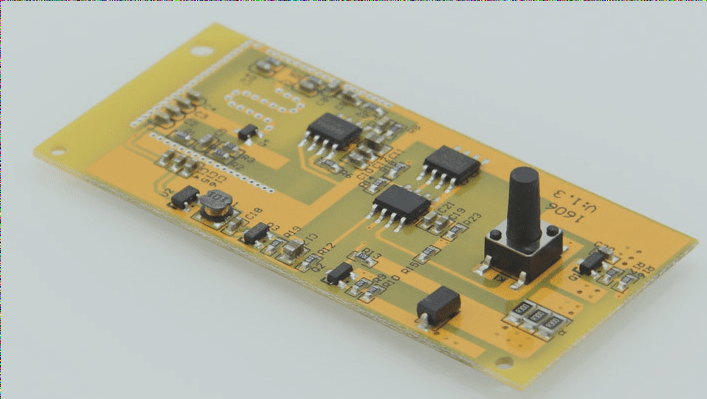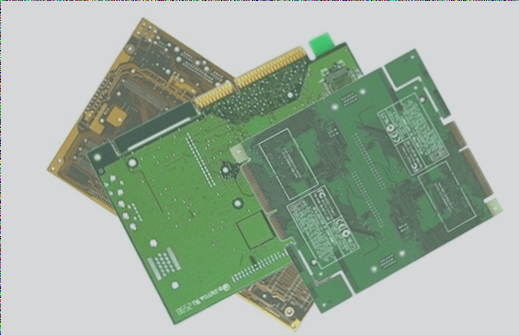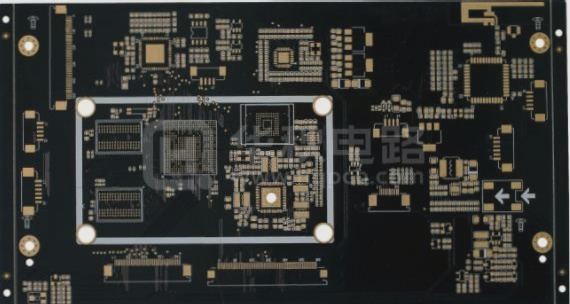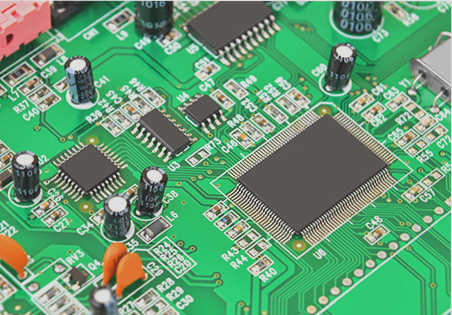How should the PCB design be laid out? Are you familiar with the process?
A well-planned component layout is essential for high-quality PCB designs, balancing performance standards with neatness, mechanical stress considerations, thermal management, signal integrity, and aesthetic appeal.
How should the PCB design be laid out? Are you familiar with the process? Read More »


